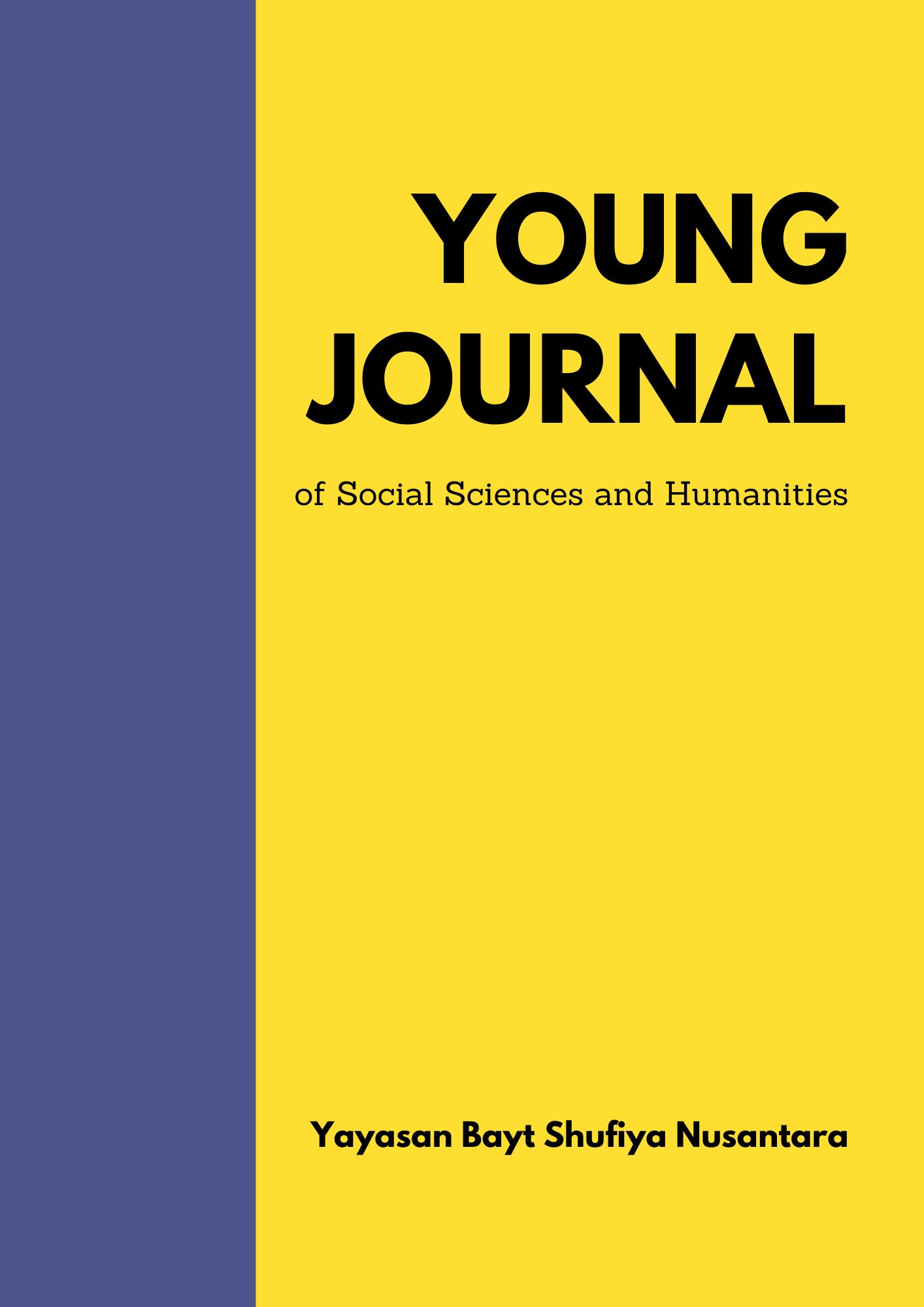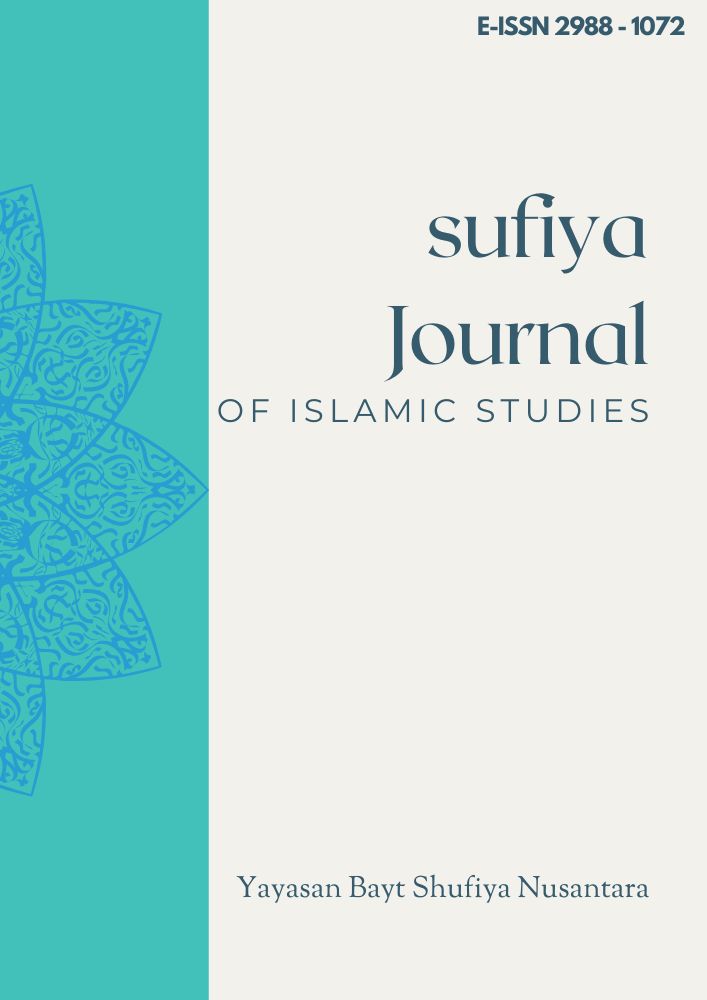Semantic Study of Taboo Words in Batak Culture
Keywords:
Taboo Language, Semantic Change, Batak CultureAbstract
This study investigates the semantic change and socio-cultural functions of taboo words in Batak culture, focusing on how these expressions evolve and operate within traditional and modern interactions. Using a descriptive qualitative approach, data were collected through ethnographic interviews and participant observation involving native Batak speakers across different age and social groups. The analysis was conducted through data reduction, data display, and conclusion drawing techniques. Findings reveal that Batak taboo words have undergone various types of semantic change such as pejoration, narrowing, specialization, and metaphorical extension each reflecting deeply rooted cultural norms, customary values, and social hierarchies. These taboo expressions function not only as linguistic tools for emotional control and social regulation but also as symbolic carriers of identity and tradition. This study offers academic insight into the dynamic relationship between language and culture and highlights the importance of preserving indigenous semantic frameworks within endangered local languages.
References
Ambarita, E. (2022). Adverbial derivation in Toba Batak language: A generative transformational study. Language & Literacy Journal, 7(3), 45–62. https://doi.org/10.XXX/llj.2022.010 jurnal.uisu.ac.id
Ambarita, E. (2023). Base full reduplication in Toba Batak: A study of generative morphology. Majalah Ilmiah Methoda, 13(1), 72–81. https://doi.org/10.46880/methoda.Vol13No1.pp72-81 ejournal.iainpalopo.ac.id+7ejurnal.methodist.ac.id+7researchgate.net+7
Ambarita, E., Sibarani, R., & Widayati, D. (2018). Nominal word formations in Toba Batak language: A study of generative morphology. KnE Social Sciences, 3(4), 306–320. https://doi.org/10.18502/kss.v3i4.1942 ejournal.iainpalopo.ac.id+3researchgate.net+3jurnal.uisu.ac.id+3
Fitri, K. (2023). Morphological analysis in Batak Toba language phrases related to death ceremonies. IDEAS: Journal of Language and Sociocultural Studies, 11(2), 1621–1635. (Dec 2023) ejournal.iainpalopo.ac.id+1ejournal.iainpalopo.ac.id+1
Mulyana, A. (2024). Language usage in digital communication among millennials. Lingua: Jurnal Ilmu Bahasa dan Sastra, 6(1), 78–89. https://openjournal.unpam.ac.id/index.php/LJLAL/article/view/41852
Purnama, S. (2024). Pragmatic analysis of verbal attacks in Indonesian courtrooms: Exploring speech acts and Grice’s maxims. Indonesian Journal of Applied Linguistics, 14(1), 44–59. (expected publication) ejournal.upi.edu
Rizqiyah, U., Anam, S., & Maulana, A. (2025). Pragmatic analysis of social meaning of Indonesian language towards Arabic language translation. Journal of Basic Education Research, 6(2), 283–287. https://doi.org/10.37251/jber.v6i2.1712 researchgate.net+1cahaya-ic.com+1
Simanjuntak, T. H., & Siregar, D. R. (2023). Analisis struktur morfologi dalam bahasa Batak Toba. Indonesian Journal of Culture and Arts Studies, 4(2), 101–115. https://talenta.usu.ac.id/ijcas/article/download/13409/7351/58648
Siregar, R. R., & Nasution, R. E. (2021). Kajian tindak tutur dalam interaksi sosial pada masyarakat Toba di Sumatera Utara. LingTersa: Lingua, Terjemahan, Sastra dan Budaya, 2(1), 12–22. https://talenta.usu.ac.id/lingtersa/article/view/8553/4779
Situmorang, S. A. (2022). Analisis pragmatik pada percakapan informal remaja di Kota Medan [Skripsi, Universitas Negeri Medan]. Digital Repository Universitas Negeri Medan. https://digilib.unimed.ac.id/id/eprint/44378/
Downloads
Published
How to Cite
Issue
Section
License
Copyright (c) 2025 Santa Nananda Sebayang, Bernieke Anggita Ristia

This work is licensed under a Creative Commons Attribution-ShareAlike 4.0 International License.














